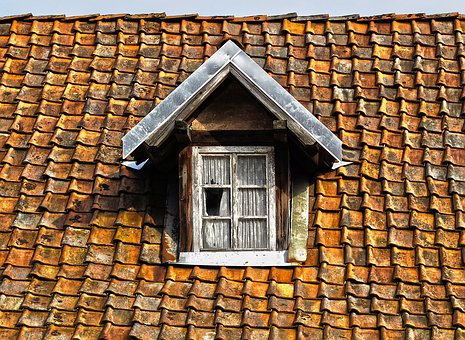3 Problem Spots to Check on Your Roof

Your home’s roof is bombarded by harsh weather conditions almost relentlessly. You may think that the most brutal effects of Mother Nature occur during severe thunderstorms with strong winds, hail and heavy rains. However, everything from damaging UV rays on a sunny day to the potential development of ice dams and the weight of thick snow and ice in the winter can also affect your roof. You understandably need to inspect your roof periodically for signs of damage so that you can address issues as soon as possible. It is best to get in the habit of walking around the perimeter of your home regularly to look for signs of damage on the ground and on the roof itself. For example, you may see shingles or asphalt granules on the ground as signs of roof damage. You may also see bare patches or loose shingles when you look up at the roof. These are among the most common problem spots that you should pay close attention to when you conduct your personal inspection of the roof from the ground level. Remember that it can be dangerous to walk on the roof, so only conduct your inspection of the roof from the ground level.
1- Areas Around Trees
Your trees can assault your roof in different ways. For example, when the branches are heavy with snow and ice, the branches can drop down and drag across the roof when the wind blows. This can rip shingles off of the roof. This same type of damage can occur any time of year when a strong wind blows through the area. In addition, trees can drop leaves and branches onto the roof. When these remain in place, damaging mildew can begin growing on the roof. You may also find that leaves clog your gutters, which can also result in damage. While you should focus on all areas of the roof, pay close attention to signs of these issues when you look at the areas of your roof closest to tree branches.
2- Installation Points for Gutters and Dishes
The installation of gutters, satellite dishes and even solar panels and other features generally require holes to be drilled into the roof, the fascia or other surfaces. With professional installation, these features may have a negligible impact on the roof’s condition. However, if you are not aware of who installed the features or if they were installed a long time ago, it makes sense to pay close attention to the screws or other installation points for these features. If you notice signs of loose shingles, wood rot or deterioration, it may be time to call a professional for repair work.
3- Roof Ridges and Valleys
The majority of your roof is smooth and flat, and the primary deviance from this is along the ridges and valleys. The ridges are the peaks of the roof line, and the shingles here are usually curved downward. The valleys are the low points of the roof line where two planes intersect. The shingles here usually curve upward. The unique position and shape of these shingles may make them more susceptible to damage. This is particularly true if the installation work was less than excellent. All aspects of your roof should be inspected with a close eye but focus your attention keenly on the ridges and valleys. Remember that water can strike the ridges directly, and the water can run down the valleys heavily. Any damage to these aspects of the roof can be detrimental to its overall condition and to the condition of the home’s interior.
Inspecting your roof regularly is a great idea, and you can do this by simply walking around your home’s perimeter and focusing your attention on the roof as well as the ground. You should pay close attention to these features when checking your roof but remember that you may not be able to spot all signs of damage from your vantage point on the ground. Furthermore, you may not have the experience and training necessary to spot all signs of damage. Consult with a roofing professional as needed to identify all roof issues as soon as possible. Repairing minor issues can potentially prevent some serious issues from developing.

















